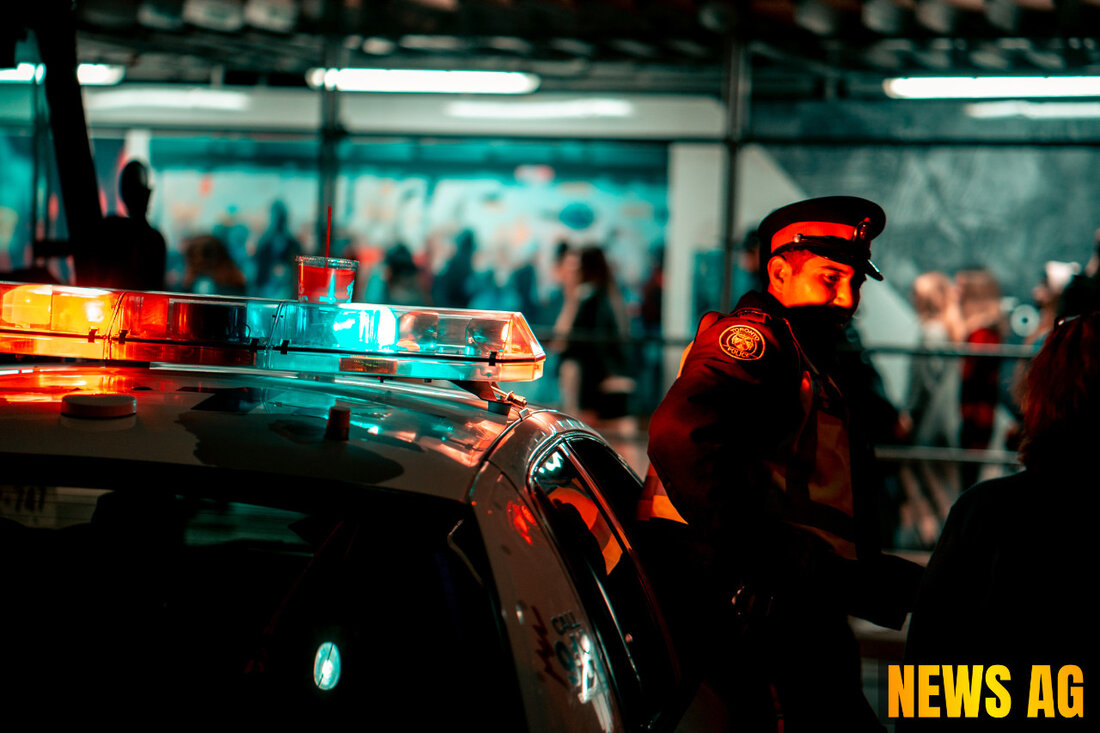Law Enforcement Gears Up: Lessons from Aurora's Tragic Shooting
Explore Cutler Bay's role in law enforcement preparedness discussions, featuring expert insights on domestic threats and training evolution.

Law Enforcement Gears Up: Lessons from Aurora's Tragic Shooting
On July 11, 2025, a pivotal discussion centered on domestic preparedness among law enforcement took place, underscoring the critical importance of effective training and inter-agency collaboration. As seen in recent years, threats ranging from terrorism to active shooter incidents remain pressing concerns for communities across the country. In this context, the insights shared by the panel, which included Miami Beach PD’s Assistant Chief Daniel Morgalo and retired Deputy Commander Samuel McGhee from the Aurora Police Department, are particularly noteworthy. They shed light on lessons learned from past tragedies, especially the Aurora Theater shooting in 2012, a somber reminder of what can occur when preparedness falters. For more detail, Community Newspapers reports that the venue was part of the initiative titled Vets and Badges, organized by Robert Asencio, a retired police captain and US Army veteran dedicated to supporting veterans and first responders.
During the panel discussion, the speakers emphasized the evolution of tactical responses to emergencies. The 2012 mass shooting in Aurora, Colorado, where 12 lives were lost and 70 others were injured, serves as a case study that highlights the need for continuous adaptation in law enforcement strategies. Insights from Commander Jad Lanigan and former SWAT Commander Mike Dailey during the Patrol Tactics Conference reveal a range of challenges faced by first responders on that tragic night. For instance, the chaotic atmosphere was exacerbated by an ongoing movie soundtrack, complicating efforts to discern the noise of gunfire from the sounds of panic. Police1 elaborates that this underscores the necessity of planning for noise control in dense environments like theaters, ensuring that officers are prepared to make sense of chaos in the heat of the moment.
Critical Insights from Past Incidents
The Aurora incident also highlighted the difficulty of managing multi-agency responses. Dispatchers struggled to identify gunfire during emergency calls, a situation that necessitated the inclusion of gunfire recognition in training programs. As reported by Police1, training that incorporates realistic simulations and high-stress scenarios can prepare officers for the emotional toll of such crises, reinforcing the value of mental health awareness among law enforcement personnel.
Moreover, the panelists remarked on the critical need for improved interoperability between agencies. Coordination mishaps among police, EMS, and fire department personnel delayed responses, a preventable issue that can be addressed through regular multi-agency meetings and drill exercises. This is echoed in the training courses provided by the National Center for Biomedical Research and Training, which emphasizes enhancing preparedness tactics specifically for active shooter scenarios. The curriculum focuses on hands-on training and scenario-based exercises vital for law enforcement, including certified state and local officers as well as law enforcement instructors. Further information regarding these training programs can be found at the Center for Domestic Preparedness here.
Future Directions for Law Enforcement
As we consider the evolving landscape of threats—from Miami to Denver—there’s a clear takeaway: learning from past mistakes is imperative for creating safer communities. The discussions among law enforcement officials reinforce the idea that through thorough training, adaptability, and better communication, agencies can be better equipped to respond to the unexpected. As we forge ahead, let’s take the lessons from tragic events and turn them into actionable strategies that protect our communities.
The unfortunate reality is that with threats ever-present, investing in collaborative training and preparedness initiatives is not just wise, it’s essential. Only through collective effort can we hope to mitigate the horrifying realities of violence and ensure a safer future for all.
